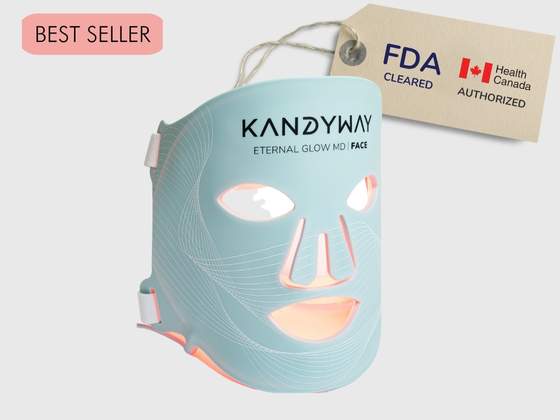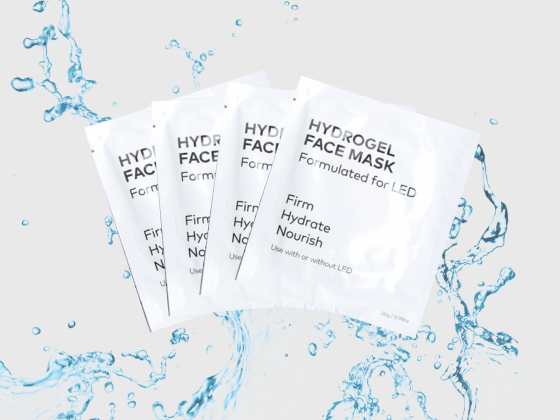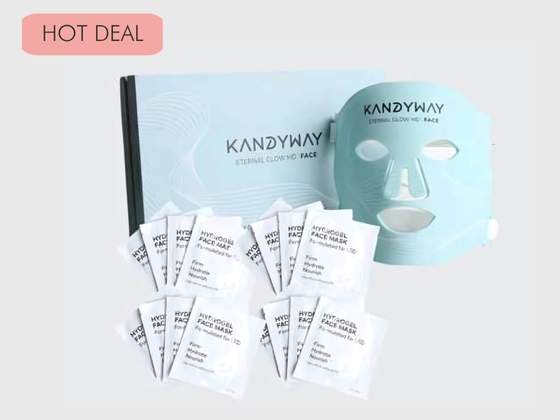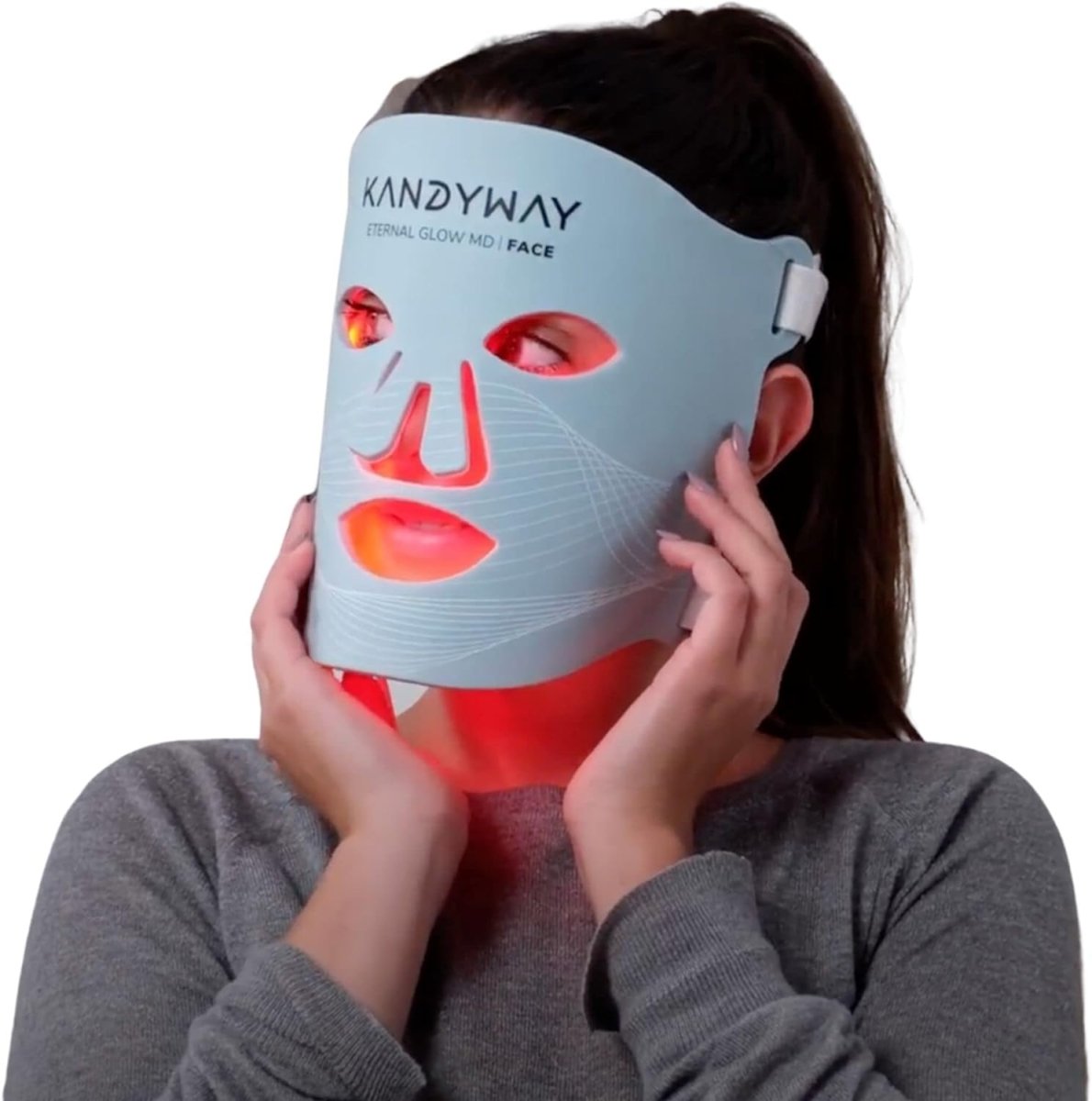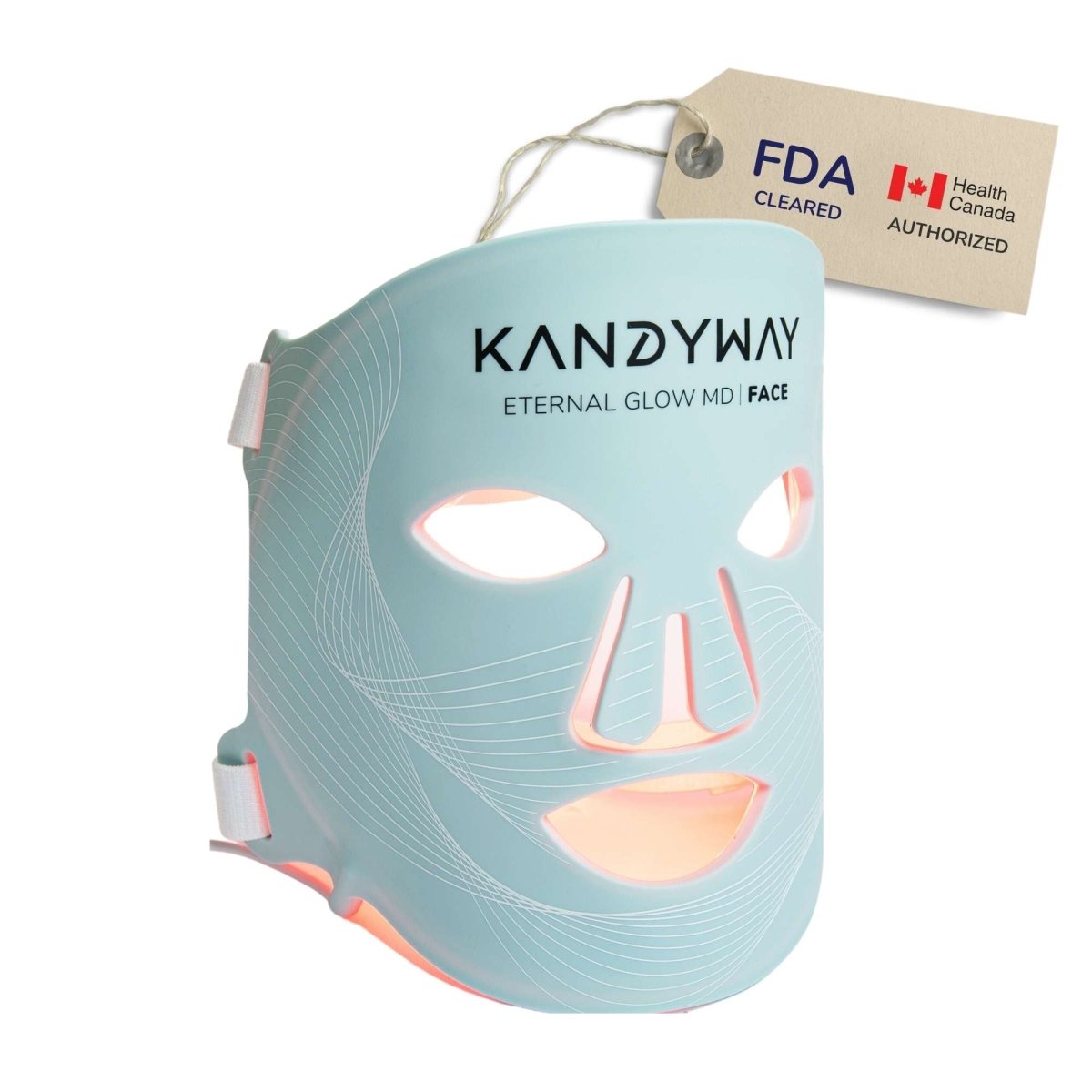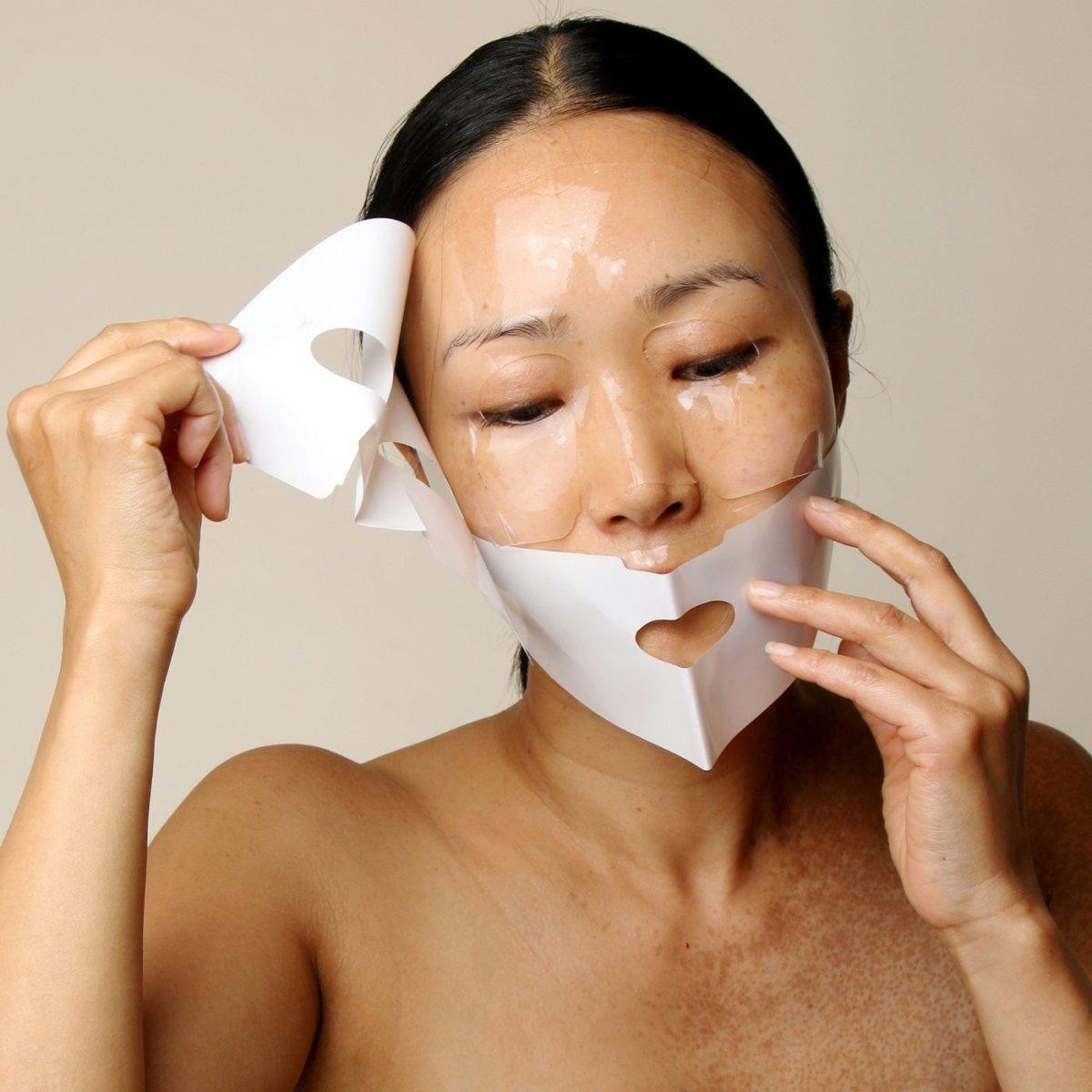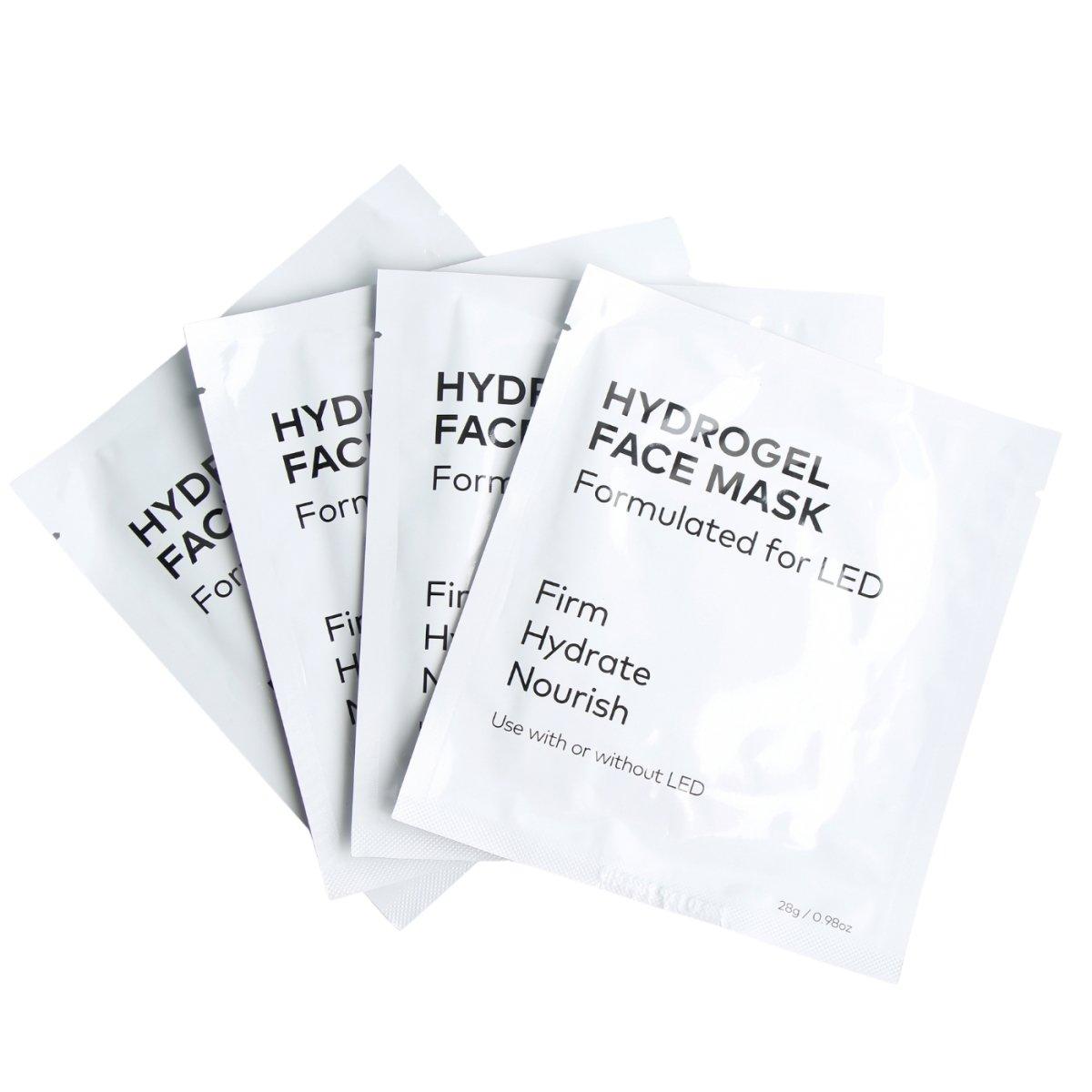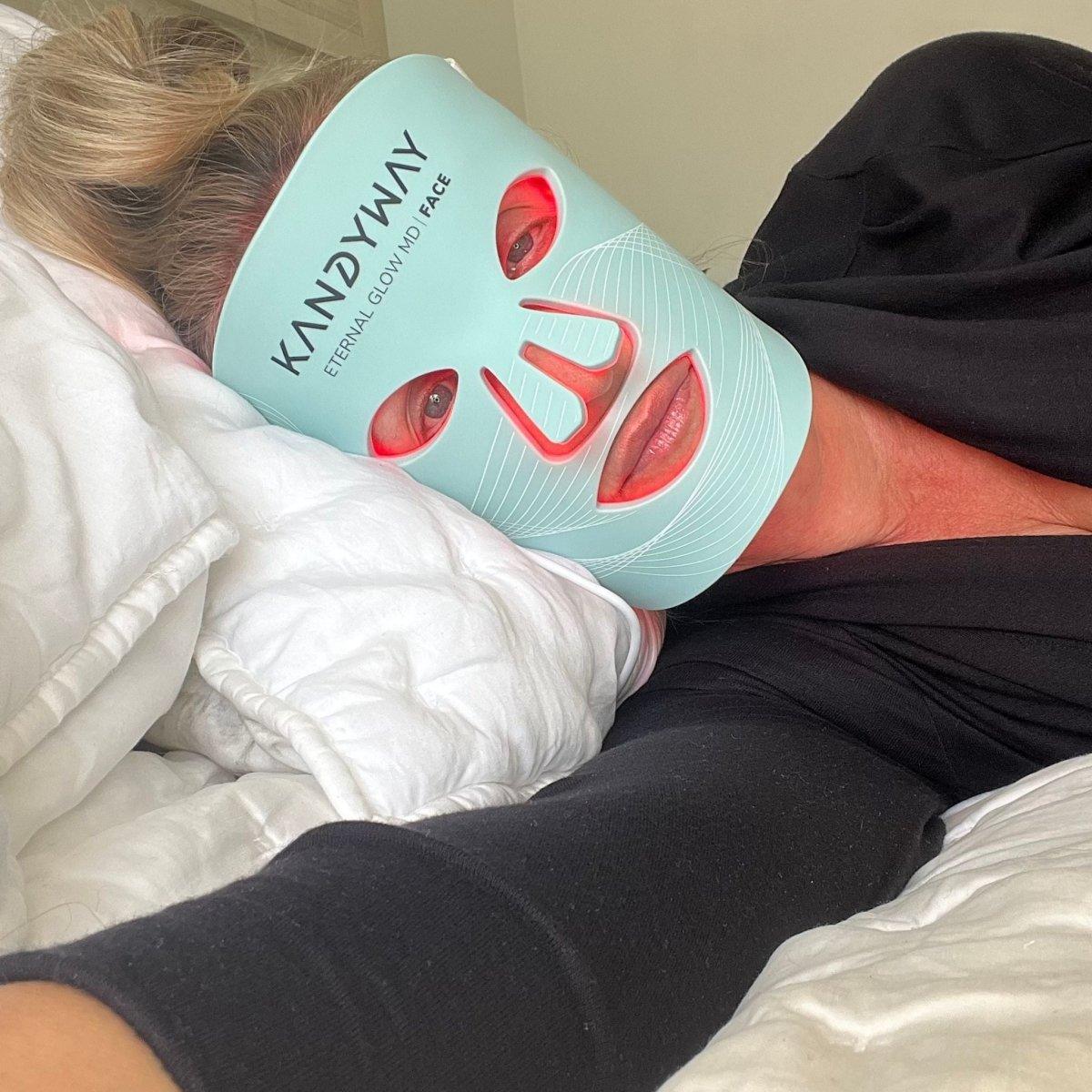Red light therapy has gained popularity for its amazing skin and health benefits. It is estimated that 90% of red light therapy mask brands mislead customers in some way.
We find it quite troubling that so many brands use these tactics to mislead customers, so we have decided to share insights to help you make an informed decision on whom to trust.
As a brand that has done things the right way, we know it is difficult, expensive, and time-consuming. This often leads many brands to cut corners and adopt deceptive tactics.
Here are the top 9 misleading claims to watch out for and how to verify the information.
1. FDA and Health Canada Approval Claims
Many companies falsely advertise their products as "FDA-approved" when they are only "FDA-cleared." FDA approval involves rigorous evaluation, while FDA clearance indicates that the product is substantially equivalent to a legally marketed device. Similarly, in Canada, devices are "Health Canada authorized," not "Health Canada approved." Consumers can verify this through Health Canada's database to ensure the product has been authorized for use.
2. False Manufacturing Claims
Brands often claim their products are made in "our FDA-registered factory," implying ownership and control. In reality, these products are usually made in third-party factories overseas. FDA registration means the factory is listed with the FDA, not that the products are superior or directly controlled by the brand.
3. Using Less Studied & Cheaper Wavelengths
People seem to think they only need red or near-infrared light, which is incorrect. Effective red light therapy relies on specific wavelengths—typically around 630 nm (±10 nm) for red light and 830 nm (±17.5 nm) for near-infrared light.
Some brands use wavelengths not supported by clinical research, misleading consumers about the product's effectiveness. Additionally, other wavelengths are often used in grow lights for plants, not therapeutic lights for skin. Understanding the difference is crucial. Often, these non-therapeutic wavelengths are used in masks because they are more readily available and cheaper.
Always check the product specifications to ensure they use clinically validated wavelengths.
4. Claims of Higher Power
Higher power or irradiance levels are often advertised as better. However, with red light therapy, higher is not necessarily better; it depends on where you want to apply the light. Many brands use this comparison tactic to elevate their own product, as they know customers are unaware of these details.
For the skin, the most studied and optimal irradiance for therapeutic benefits is around 35 mW/cm². Excessively high irradiance can be ineffective or even harmful. Misleading claims about power levels can give consumers a false sense of superiority in these products.
5. Deeper Penetration Claims
Claims of deeper light penetration are common but often unfounded. The effectiveness of light therapy depends more on correct wavelengths and dosages rather than penetration depth. Brands making these claims without scientific backing are likely misleading consumers.
6. Misleading or Fake Reviews
Companies may use fake or paid testimonials and endorsements without proper disclosure. This creates a false impression of widespread customer satisfaction and product efficacy.
On platforms like Amazon, some reviews may even be from other products or artificially inflated by sellers. It’s crucial to check reviews carefully, looking for verified purchases and consistent feedback.
7. Ambiguous Technical Terms
Using complex jargon like "enhanced penetration" or "deep tissue impact" without clear explanations can mislead consumers. Brands often use these terms to sound more scientifically advanced without providing the necessary context or evidence to back up their claims.
8. EMF-Free Claims
Some brands compare their red light therapy devices by claiming they have no EMF (electromagnetic fields) versus others that do. This is misleading and false advertising because all electronic devices emit some EMF. However, with almost all these devices, the levels are negligible and safe for use. Comparing EMF levels between devices is extremely misleading.
9. Multi-Color Light Claims
Some brands claim to offer 7 different colors of light, implying that more colors mean better results. However, clinical data primarily supports the effectiveness of red and near-infrared light for anti-aging and blue light for acne. Other colors are often used as marketing tactics, misleading consumers into thinking more is better, when in reality, using the right wavelengths for specific skin concerns is what matters.
How to Identify Trustworthy Brands
- Verify Claims: Check for specific wavelengths and irradiance levels used in clinical studies. Trustworthy brands will provide detailed technical specifications and back their claims with scientific evidence.
- Seek Transparency: Reputable brands are transparent about their manufacturing processes, scientific validation, and compliance with industry standards. Look for brands that are willing to share their certification information when asked.
- Consult Experts: Seek opinions from dermatologists or medical professionals who specialize in light therapy. However, be cautious, as some doctors may not fully understand red light therapy or may see it as competition to traditional medication-based treatments. Verify their expertise and experience with light therapy before trusting their advice.
- Check FDA and Health Canada Licensing: Use the FDA’s database to verify the registration of the manufacturing facility. Similarly, use Health Canada's database to ensure the device is authorized for use. This confirms whether the factory is indeed registered and compliant with relevant regulations. Searching these databases can be tricky, so if you have trouble finding the information, reach out to the brand. They should be more than willing to share their certifications if they are legitimate.
- Look for Third-Party Certifications: Certifications such as ISO 13485 (quality management for medical devices) provide additional assurance of quality manufacturing practices. These certifications indicate adherence to international standards for medical device manufacturing.
- Recognize the Regulatory Grey Zone: Unfortunately, many red light therapy brands operate in a grey zone as they take advantage of people by making illegal claims. They exploit the lack of consumer knowledge and limited regulatory oversight. The FDA and Health Canada have not fully policed this market, allowing some companies to make unverified claims. Being aware of this can help consumers be more cautious and discerning.
Conclusion
When choosing a red light therapy device, it is crucial to verify the accuracy of marketing claims. Look for products using proven wavelengths (around 630 nm ±10 nm for red light and 830 nm ±17.5 nm for near-infrared light) and appropriate irradiance levels, and be skeptical of vague or exaggerated claims. Transparency, certifications, and scientific backing are key indicators of a trustworthy brand.
We hope that this article gives you the knowledge to make more informed purchase decisions when it comes to using a red light therapy mask or device.

